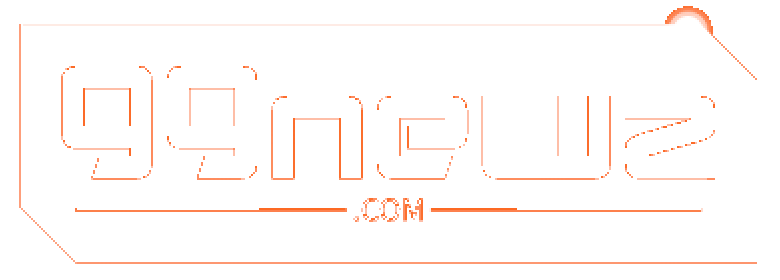
When New York’s new law requiring $15 or $20 broadband plans for low-income households took effect last week, William O’Brien, a qualifying Optimum customer, thought he’d finally catch a break. But his request for the affordable plan was denied—twice.
O’Brien, who’s part of the Supplemental Nutrition Assistance Program (SNAP), had been paying over $110 a month for broadband. Under the New York Affordable Broadband Act (ABA), he should’ve been paying just $15 for 50Mbps speeds, with all fees included. But when he reached out to Optimum, he was told the company didn’t offer such a plan.
Frustrated, O’Brien contacted Ars Technica, which has a history of helping customers resolve telecom issues. Optimum’s PR team quickly admitted the mistake and promised to fix it. But when O’Brien followed up, he was rejected again—this time with the explanation that the plan wasn’t available to existing customers.
After Ars intervened a second time, Optimum finally relented. O’Brien is now on the $15 plan, saving him nearly $100 a month. However, he still can’t access the faster 200Mbps option, which ISPs aren’t required to offer under the law.
This wasn’t the only hiccup. Optimum’s website initially stated the plan wasn’t available to current or recently disconnected customers—restrictions that directly contradicted the ABA. After being flagged by Ars, the company updated its materials to reflect the law’s requirements.
The Affordable Broadband Act has been years in the making, with a lengthy legal battle delaying its implementation. Now that it’s in effect, New York is ensuring ISPs comply, with penalties of up to $1,000 per violation.
O’Brien plans to file a complaint with the state attorney general’s office, hoping to push for the faster plan he believes he deserves. Meanwhile, Optimum says it’s updating its marketing and outreach to better inform eligible customers about the affordable options available.
It’s a win for O’Brien, but it shouldn’t take media intervention for customers to get what they’re legally entitled to.
